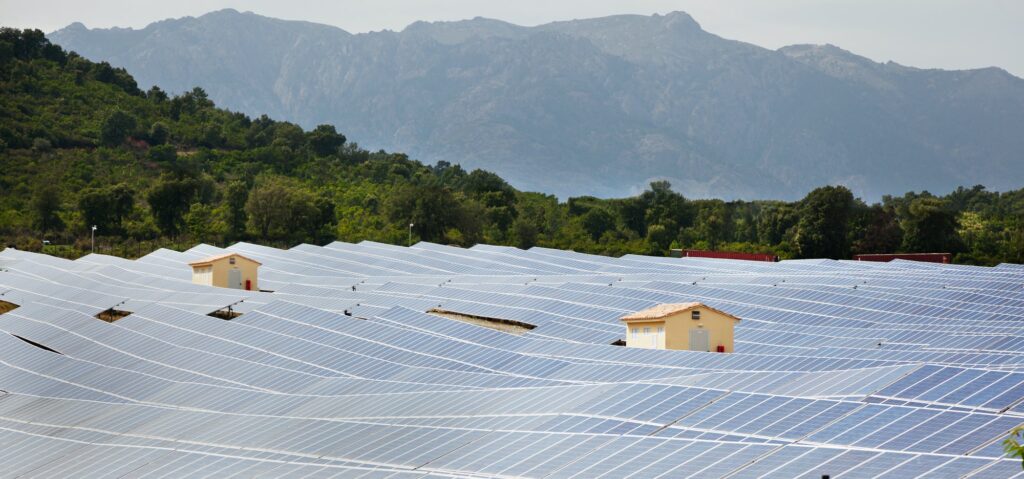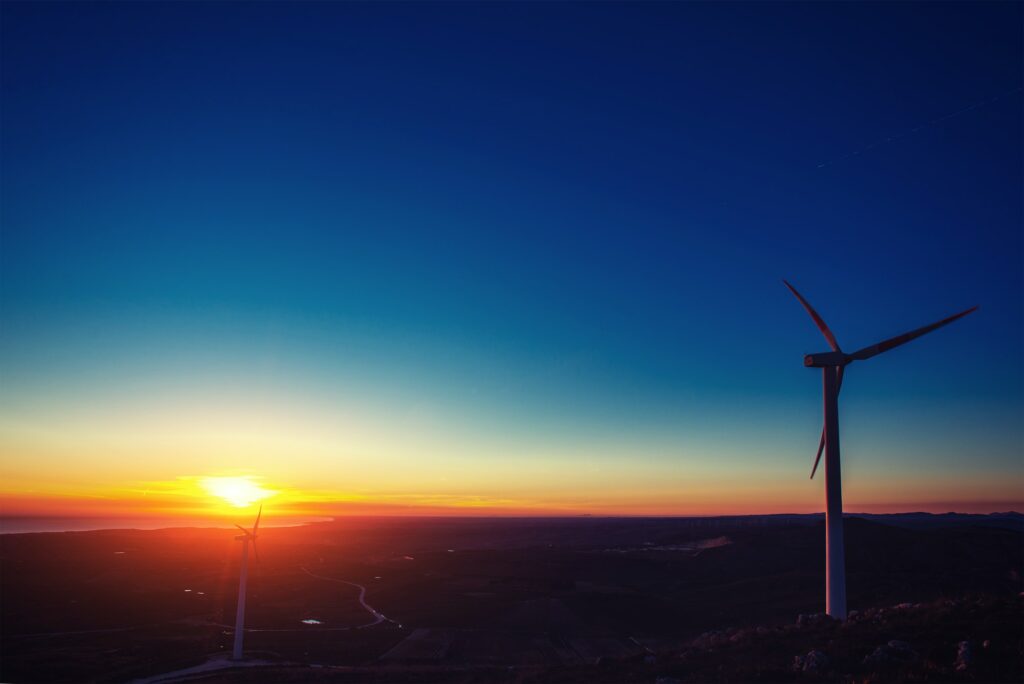2018 First two-thirds: US Electrical Generation By Solar Grows 30%; Wind By 16%
Renewable energy sources biomass, geothermal, hydropower, solar, wind) accounted for over 18.0% of net domestic electrical generation during the first two-thirds of 2018, according to a SUN DAY Campaign analysis of just-released data from the U.S. Energy Information Administration (EIA).
2018 First two-thirds: US Electrical Generation By Solar Grows 30%; Wind By 16% Read More »



